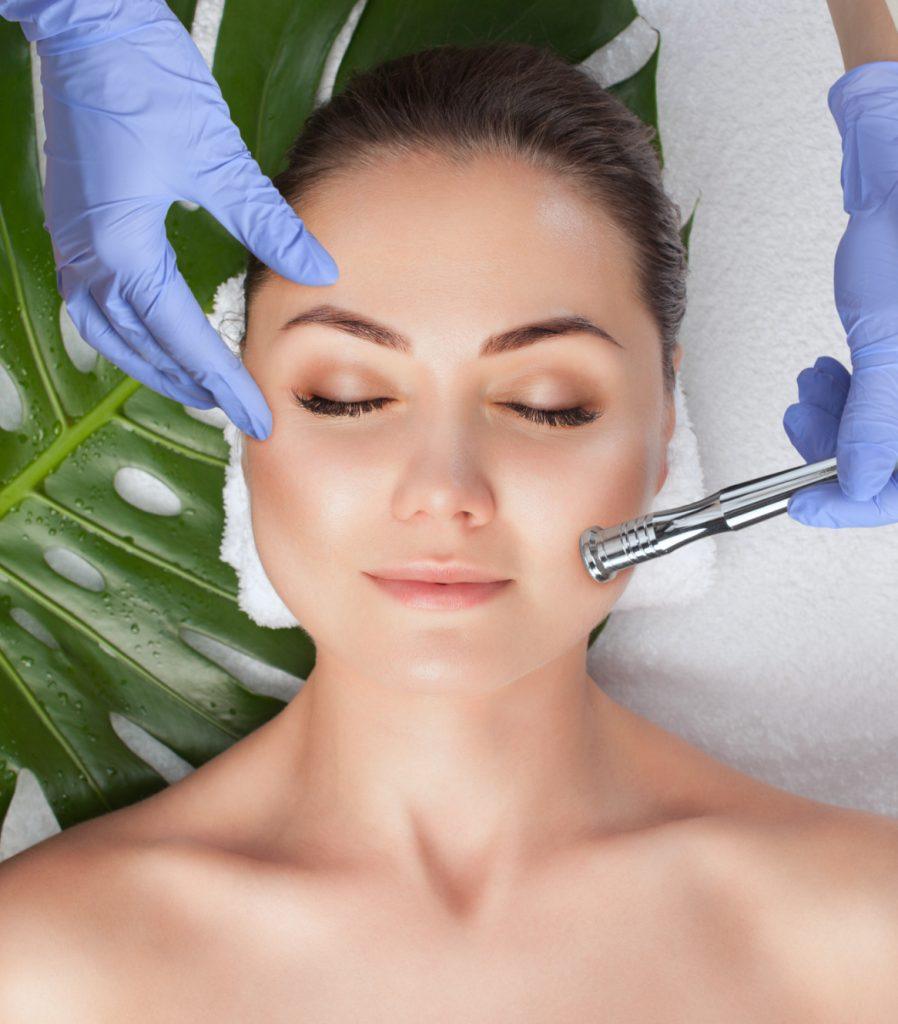Can Microdermabrasion Help Stretch Marks?
Stretch marks are a common skin concern affecting millions of people worldwide. Whether caused by pregnancy, weight fluctuations, or growth spurts, these marks can be stubborn and difficult to treat. One popular skincare treatment that has gained attention for improving skin texture is microdermabrasion. But can it really help with stretch marks? In this comprehensive guide, we’ll explore how microdermabrasion works, its effectiveness on stretch marks, and alternative treatments to consider.
What Is Microdermabrasion?
Microdermabrasion is a non-invasive cosmetic procedure that exfoliates the outer layer of the skin using fine crystals or a diamond-tipped wand. This process removes dead skin cells, stimulates collagen production, and promotes cell turnover, leading to smoother, more radiant skin.
How Does Microdermabrasion Work?
The treatment involves gently sanding away the top layer of skin to reveal fresher, healthier skin underneath. It’s commonly used for:
- Reducing fine lines and wrinkles
- Improving acne scars
- Enhancing skin texture and tone
- Minimizing the appearance of stretch marks
Types of Microdermabrasion
There are two main types of microdermabrasion:
| Type | Description | Best For |
|---|---|---|
| Crystal Microdermabrasion | Uses fine crystals to exfoliate the skin | Mild to moderate skin concerns |
| Diamond-Tip Microdermabrasion | Uses a diamond-tipped wand for precision | Sensitive skin or targeted treatments |
For those interested in professional-grade skincare devices, check out our buyers guide for medical-surgical equipment.
Can Microdermabrasion Improve Stretch Marks?
Stretch marks occur when the skin stretches rapidly, causing the collagen and elastin fibers to tear. While microdermabrasion can’t completely erase stretch marks, it can help improve their appearance by:
- Stimulating collagen production
- Encouraging skin cell renewal
- Reducing discoloration
Effectiveness on Different Types of Stretch Marks
Microdermabrasion works best on newer, red or purple stretch marks (striae rubra) rather than older, white or silver ones (striae alba). Here’s why:
| Stretch Mark Type | Color | Effectiveness of Microdermabrasion |
|---|---|---|
| Striae Rubra | Red/Purple | High (can improve texture and color) |
| Striae Alba | White/Silver | Moderate (may require additional treatments) |
What to Expect from Treatment
Most people need 6-12 sessions spaced 2-4 weeks apart for noticeable results. Combining microdermabrasion with other treatments like ultrasonic cavitation may enhance outcomes.
Benefits of Microdermabrasion for Skin
Beyond stretch marks, microdermabrasion offers several skin benefits:
- Boosts skin hydration
- Reduces pore size
- Improves product absorption
- Enhances overall skin texture
Who Should Avoid Microdermabrasion?
While generally safe, microdermabrasion may not be suitable for everyone. Avoid if you have:
- Active acne or rosacea
- Open wounds or infections
- Extremely sensitive skin
For those with sensitive skin, consider protective undersuits to minimize irritation.
Alternative Treatments for Stretch Marks
If microdermabrasion isn’t right for you, consider these alternatives:
Laser Therapy
Fractional laser treatments can stimulate collagen and improve stretch mark appearance more dramatically than microdermabrasion alone.
Topical Treatments
Retinoids, hyaluronic acid, and vitamin E creams may help when used consistently over time.
Microneedling
This treatment creates tiny punctures in the skin to trigger healing and collagen production.
Conclusion: Is Microdermabrasion Worth It for Stretch Marks?
Microdermabrasion can improve the appearance of stretch marks, especially when combined with other treatments. While it won’t eliminate them completely, it’s a safe, non-invasive option for boosting skin texture and tone. For best results, consult a dermatologist or licensed esthetician to create a personalized treatment plan.
Ready to explore professional treatments? Book an appointment through trusted platforms like SpaFinder or Booksy to find qualified providers near you.
FAQ Section
How many microdermabrasion sessions are needed for stretch marks?
Typically, 6-12 sessions spaced 2-4 weeks apart are recommended for visible improvement in stretch marks.
Does microdermabrasion hurt?
Most people describe it as a gentle scratching sensation. Discomfort is minimal, and no anesthesia is required.
Can I do microdermabrasion at home?
While at-home devices exist, professional treatments are more effective for stretch marks due to stronger exfoliation.
What’s the difference between microdermabrasion and chemical peels?
Microdermabrasion physically exfoliates, while chemical peels use acids to dissolve dead skin cells. Both can improve stretch marks but work differently.
How long do results last?
Results are cumulative but not permanent. Maintenance sessions every 1-3 months help sustain improvements.

